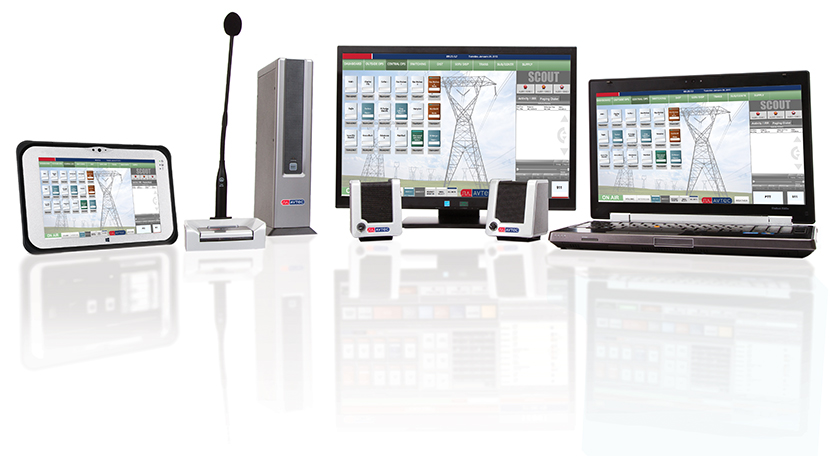From utility providers to public safety agencies, many organizations rely on a fleet of vehicles to facilitate their operations. However, maintaining an efficient fleet isn’t just about having vehicles in their tip-top shape. It’s also about equipping those that man these vehicles with a reliable communication system.
Traditionally, analog land mobile radio systems (LMRS) are used to link drivers, staff, and command center operators. Radio over Internet Protocol or RoIP for a fleet is being widely employed because of its many advantages. These include better responsiveness, improved interoperability, enhanced security, scalability, and cost-effectiveness.
RoIP follows the same principle as the Voice over IP (VoIP) technology: Radio transmissions are sent and received using the Internet. Unlike their analog counterpart, voice data is digitalized and is transmitted via existing IP networks — eliminating signal transmission disruptions caused by location, terrain, and many other factors.
In an IP-centric communication system, dispatch centers can monitor relevant situational information and talk to field staff more promptly. On the other hand, field officers can also relay vital information to their communication hubs more quickly.
While switching to secure voice calls over IP is undoubtedly advantageous, transitioning to new technology can be challenging. If you are to migrate your radio dispatch to IP transport, you have to take into account the following:
Your organization’s specific communication requirements. Communication requirements vary from one organization to another. If you are migrating to an IP-centric communication system, you must have a clear analysis of what you will need, both in the short and long run. This way, you can identify the specs of the particular dispatch system that can help carry your operations.
The capability of your existing communication network. You also have to take note of the existing capabilities of your LMRS. If you’re introducing RoIP for your fleet, understand that any special features in your LMRS will also require special features in your new dispatch system. To ensure smooth communications, also make sure that your wide-area network will be compatible with your IP-based system’s design and bandwidth requirements.
The needs of your dispatchers. With a new system comes a demand for new tools and equipment. As dispatchers play a crucial role in overseeing, processing, and relaying information and instructions to your field staff — you have to provide them with the resources they need to accomplish their tasks. There may be a need to upgrade the radio systems console with a fiber optic command and control console.
The technical knowledge of your staff. When incorporating secure voice calls over IP for your fleet, there is also a need to evaluate the level of technical knowledge of your human resource, especially those who are on-ground. You must also provide staff training and cascade relevant information to all involved parties before fully integrating and implementing the new IP-centric system.
Your equipment partner. While having the right leadership and team is essential in smooth technology transitions, it’s also important to look for a credible supplier. Take note that the efficiency of your RoIP-incorporated communication system is also dependent on your technology and equipment provider. Choose a supplier that designs their products and systems with interoperability and scalability in mind. Your partner should be able to help you migrate successfully.
Migrating Your Radio Dispatch to IP Transport

Comments